![图片[1]-Automated Flight Paths for Cinematic Aerial Videography: Precision Meets Creativity-msoen](https://www.msoen.com/wp-content/uploads/2025/05/d8182e4956003036.png)
![图片[2]-Automated Flight Paths for Cinematic Aerial Videography: Precision Meets Creativity-msoen](https://www.msoen.com/wp-content/uploads/2025/05/19fb13197c003121.png)
![图片[3]-Automated Flight Paths for Cinematic Aerial Videography: Precision Meets Creativity-msoen](https://www.msoen.com/wp-content/uploads/2025/05/2364aa2294003043.png)
![图片[4]-Automated Flight Paths for Cinematic Aerial Videography: Precision Meets Creativity-msoen](https://www.msoen.com/wp-content/uploads/2025/05/3943792203003110.png)
![图片[5]-Automated Flight Paths for Cinematic Aerial Videography: Precision Meets Creativity-msoen](https://www.msoen.com/wp-content/uploads/2025/05/e2426564e6003049.png)
![图片[6]-Automated Flight Paths for Cinematic Aerial Videography: Precision Meets Creativity-msoen](https://www.msoen.com/wp-content/uploads/2025/05/c9174c7351003140.png)
The evolution of drone technology has revolutionized cinematic storytelling, enabling filmmakers to capture breathtaking aerial footage that was once reserved for costly helicopter shoots. At the heart of this transformation lies automated flight paths—pre-programmed or dynamically generated trajectories that empower drones to execute complex maneuvers with surgical precision. This innovation not only elevates the quality of aerial videography but also democratizes access to Hollywood-grade techniques for indie filmmakers, content creators, and commercial化管理 teams.
What Are Automated Flight Paths?
Automated flight paths are pre-set or AI-guided routes that allow drones to fly autonomously while maintaining focus on subjects, adhering to safety boundaries, and executing cinematic shots. Unlike manual piloting, which requires real-time operator skill, automated systems leverage GPS, computer vision, and advanced algorithms to ensure consistency, repeatability, and creativity.
Key Advantages Over Manual Control:
- Precision: Fixed or dynamic paths eliminate human error, ensuring smooth transitions between shots.
- Repeatability: Recreate identical sequences for multi-camera setups or time-lapses.
- Safety: Avoids obstacles and maintains no-fly zone compliance.
- Focus on Creativity: Frees filmmakers to refine shots post-flight or adjust parameters mid-operation.
Core Technologies Enabling Automated Flight Paths
- GPS & RTK (Real-Time Kinematic):
Provides centimeter-level positioning accuracy, critical for synchronized camera movements and stabilized shots. - LiDAR & Obstacle Avoidance Sensors:
Map environments in 3D, enabling safe navigation through complex terrains like forests or urban canyons. - Computer Vision:
Tracks subjects using facial recognition, motion analysis, or object tagging, ensuring seamless follow-focus. - Gimbal Stabilization:
Paired with automated paths, gimbals maintain camera angles even during rapid maneuvers.
Flight Modes for Cinematic Storytelling
Modern drones offer specialized automated modes tailored to cinematic needs:
- Waypoint Navigation:
Program a series of GPS coordinates to create dynamic flyovers, spirals, or lateral tracking shots. Ideal for landscapes or architectural films. - Orbit Mode:
Automatically circle a subject at adjustable radii and heights, emphasizing scale or isolation in shots. - Follow-Me with Dynamic Offset:
Track subjects while maintaining a fixed camera angle (e.g., overhead or profile views) for action sequences. - Curve-Based Trajectories:
Smooth, S-shaped paths for organic, cinematic transitions between scenes. - ActiveTrack Pro:
Combines subject tracking with automated framing, allowing the drone to adjust its position as the subject moves.
Applications in Film & Video Production
- Cinematic Feature Films:
Recreate iconic dolly zooms or crane movements with drones, often at a fraction of the cost. Example: Sweeping shots of epic battle scenes or remote landscapes. - Documentaries:
Capture dynamic perspectives in wildlife documentaries (e.g., following migrating whales) or environmental narratives without disturbing ecosystems. - Commercial Advertising:
Automate product reveal sequences, such as a car driving into frame or a beverage glass materializing in mid-air. - Event Filming:
Pre-program grid patterns for concerts or sports events to highlight performers or key moments.
Software & Workflow Integration
- Flight Planning Tools:
Platforms like Litchi or DJI GS Pro let filmmakers design paths offline, syncing them to drones via apps. - Post-Production Sync:
Timestamped metadata from automated flights integrates with editing software (e.g., Adobe Premiere, DaVinci Resolve) for seamless color grading and effects. - AI-Powered Enhancements:
Machine learning tools predict optimal lighting conditions or suggest path adjustments based on scene composition.
Technical Challenges & Solutions
- Battery Life Limitations:
Long automated flights require high-capacity batteries or tethered power systems. - Regulatory Compliance:
Automated drones must navigate airspace restrictions; geofencing and remote ID systems address this. - Dynamic Weather Adaptation:
Wind or sudden obstacles may force manual overrides, though AI-driven real-time path replanning mitigates risks.
Future Trends: Smarter, More Adaptive Paths
- AI Scene Recognition:
Drones will autonomously adjust paths based on detected scenery (e.g., shifting from a mountain peak to a valley floor). - Swarm Filming:
Coordinated fleets of drones executing synchronized paths for multi-angle sequences. - Neural Network-Guided Shots:
Systems that learn from director feedback to refine flight aesthetics over time.
Conclusion
Automated flight paths are redefining cinematic aerial videography, blending technical rigor with artistic freedom. By automating repetitive or risky maneuvers, filmmakers can focus on storytelling, experimenting with bold angles and fluid motion that captivate audiences. As AI and sensor technologies advance, these systems will become even more intuitive, opening new frontiers for creativity. For creators today, mastering automated flight paths isn’t just a skill—it’s the key to unlocking the sky’s limitless potential as a storytelling canvas.


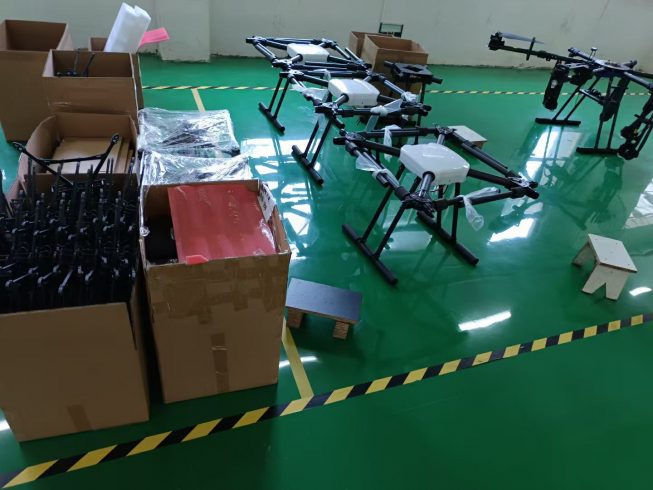
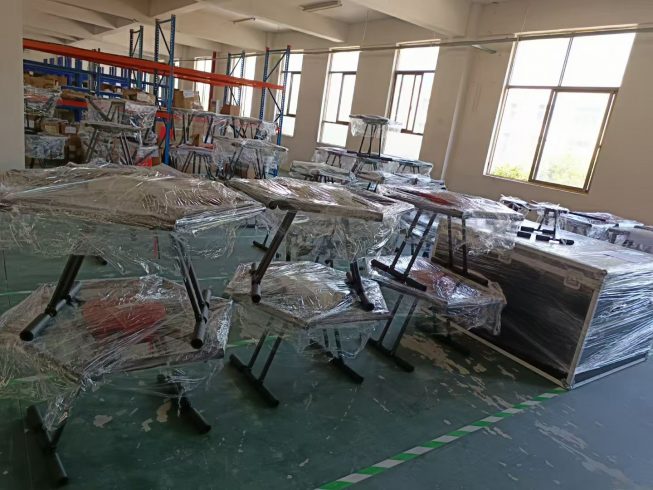

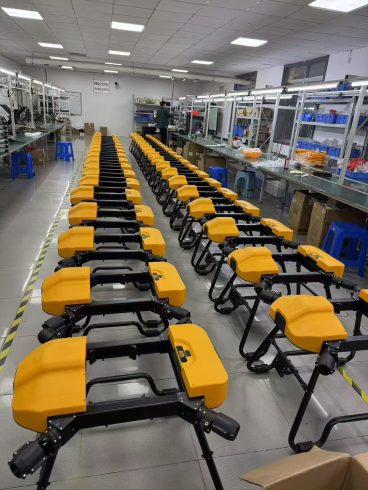
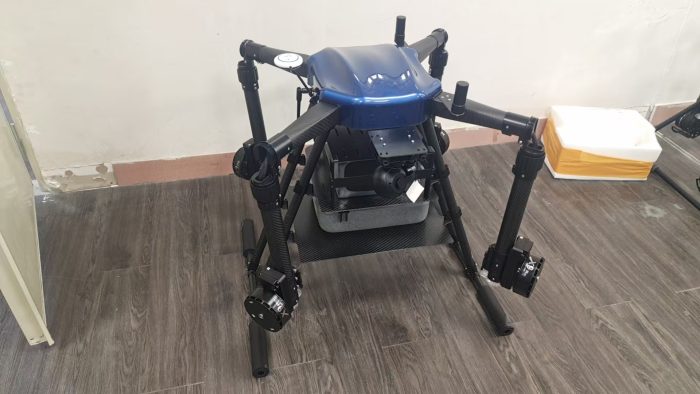

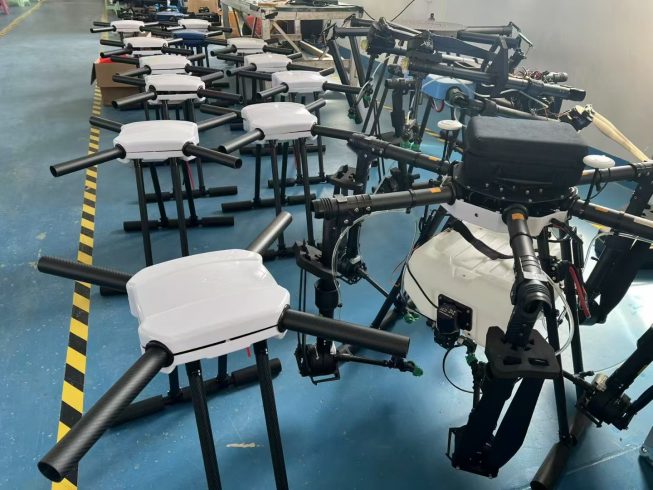
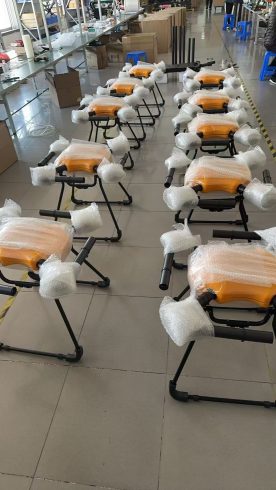
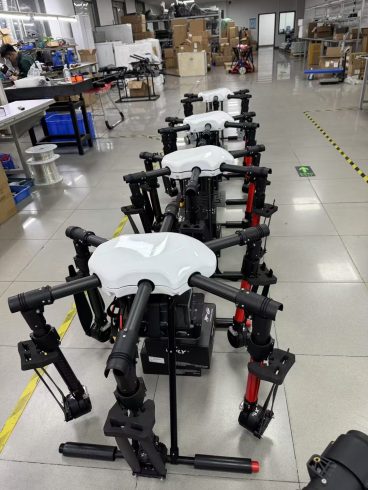
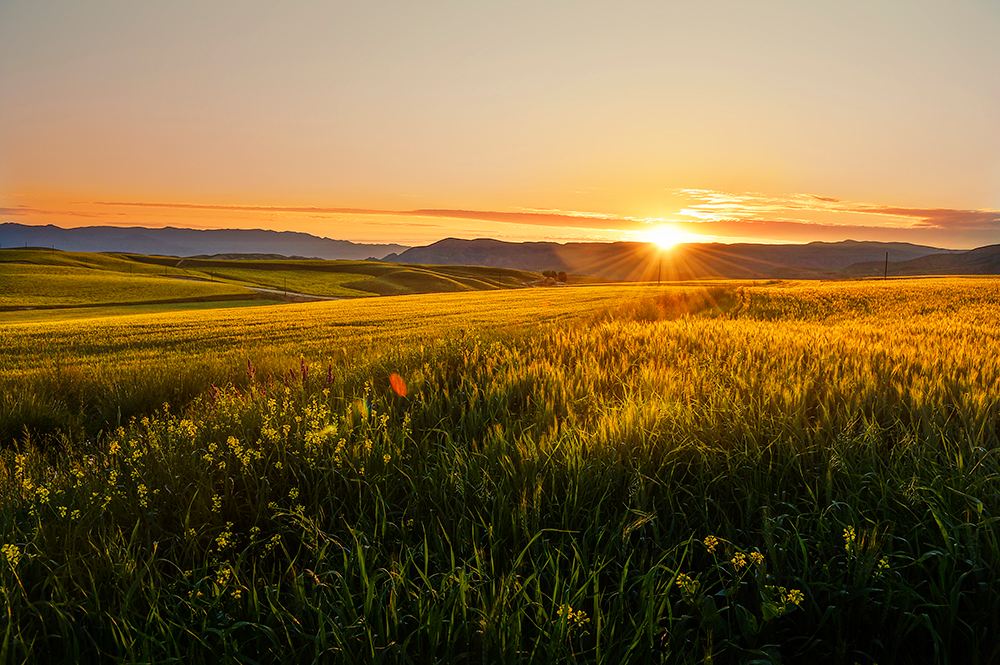
暂无评论内容